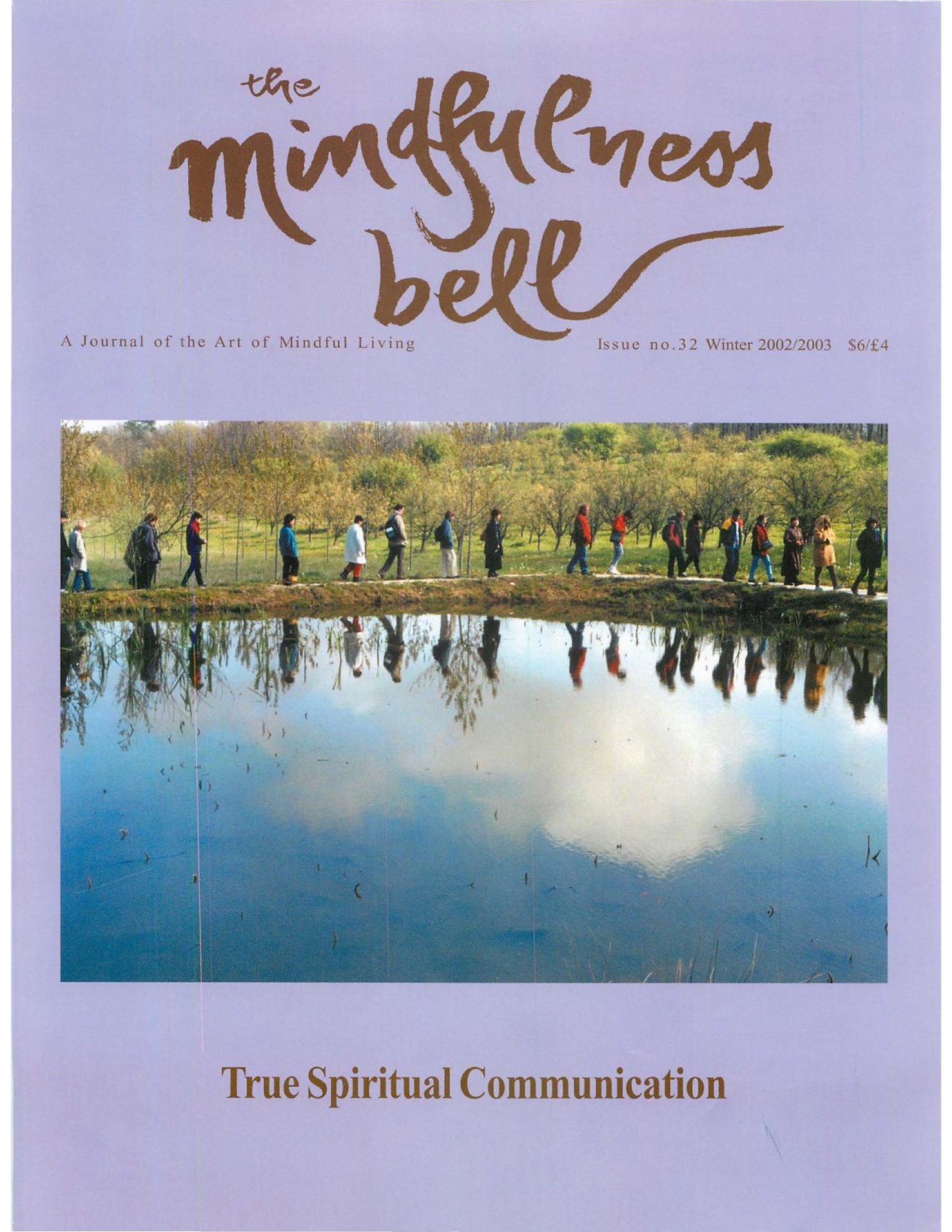By Margaret Kirschner
My friend, Mary, a photographer, captured an unusual image of a water lily. Her photo was taken on a dark day, over a dark pond, without a flashbulb. She set her camera on a tripod, opened the shutter wide and let the camera wait as long as needed for whatever light might be there to reflect onto the film.
She had read an essay in the National Geographic magazine about photography in the Egyptian pyramids where no flashlights were permitted,
By Margaret Kirschner
My friend, Mary, a photographer, captured an unusual image of a water lily. Her photo was taken on a dark day, over a dark pond, without a flashbulb. She set her camera on a tripod, opened the shutter wide and let the camera wait as long as needed for whatever light might be there to reflect onto the film.
She had read an essay in the National Geographic magazine about photography in the Egyptian pyramids where no flashlights were permitted, despite the pitch blackness of the tombs. The cameras, with their shutters wide open, would simply be left on their tripods for hours, days, up to a week or more, until they received enough light to form the picture. This light was referred to as "ambient light."
Mary's picture is revealing; the outer petals are shaded in subtle nuances; they gain brightness closer to the center, until the light appears to radiate out from the core. It makes us aware that no matter how deep the darkness, there is always light if we have the confidence to wait for it. A flash would have lit each petal with an equal, momentary brilliance, obliterating the shadings and robbing us of our knowledge that ambient light exists; that it has subtleties; and that it is centered.
The same phenomenon is true of sound. When we sit in silence, listening with openness, and waiting with confidence for however long it takes, the words we need to hear arise out of the quiet. They often come like the light does, first in quiet images or whispered thoughts, much like the shadowed outer petals of the lily. Gradually they gain strength until the core idea resounds, the word ready to be spoken. Like the lily blossom, the focus is centered. In meditation we call this "going deeper." The results are new understandings of ourselves; our behaviors change, often spontaneously.
Ambient: surrounding, encircling, encompassing, and enveloping. All words to describe what is always there, but undetected by us until we remove ourselves from the artificial light and sound of our technological world. The vision and the sounds of the essential are there to be seen and heard when we become aware of the silence and the darkness. We might call this the Universal Consciousness that is recessed in our own store consciousness. It waits for us to call upon it.
The same holds true when we listen as counselors, whether as parents, fellow workers, or professionals. When we sit in the other's silence, as in time-lapse photography, openly, without bias, the ambient message comes through as mysteriously as the ambient light that forms the photographic negative. It is intriguing how often it comes in the darkness of a still night. It is this understanding that helps us break through to new perspectives and the behaviors they generate. Actions that follow are compassionate and constructive because they have come, not just from our bits of information, nor from our logical processes, nor from our biased perspectives, but because they have come from the ambience. They have arisen from the history, the ancestors, the children, the friends, the conditions of the universe, from more complexities than one person seems capable of knowing. They bring a deep understanding to the listener as well as to the one being listened to. They carry the ambient light and sound, wisdom as beautiful as Mary's lily blossom.
So we sit quietly focused upon our darkness with our lenses open in confidence for as long as needed until ambient wisdom comes.
Margaret Kirschner, Mutual Support of the Heart, is a retired medical psychotherapist living in Portland, Oregon and practicing with the Portland Community of Mindful Living.

